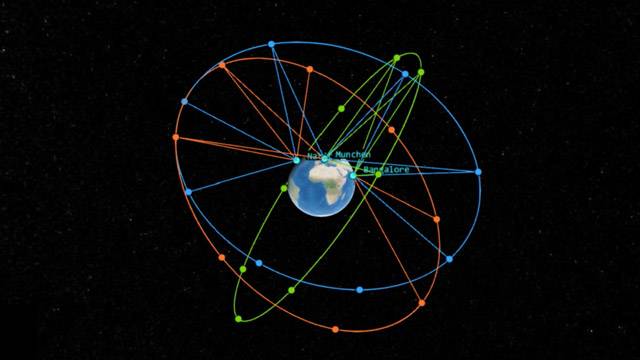Satellite Constellation Modeling & Optimization: Maximizing Efficiency and Profit in Space

About Course
Space is no longer the final frontier—it’s a booming business arena. From global communications and Earth observation to GPS and scientific discovery, satellite constellations have become the backbone of modern connectivity and intelligence. This course invites students into the fast-paced world of satellite network design, optimization, and innovation. You’ll explore how constellations are modeled, how orbital and hardware parameters are optimized for peak performance, and how to strike a perfect balance between efficiency and profitability.
Through real-world case studies, advanced simulation tools, and future-facing discussions on satellite swarms and hybrid constellations, this course offers a comprehensive look at the strategies driving space-tech innovation. Whether you’re dreaming of launching your own constellation or contributing to the next generation of space systems, this course will empower you with the technical knowledge and creative thinking needed to excel in one of the most exciting sectors of the 21st century.
Course Content
Chapter 1: Introduction to Satellite Constellations
Understanding the fundamentals of satellite constellations.
00:00Applications and Benefits of Satellite Constellations
00:00Challenges and Opportunities in Constellation Design
00:00Examples of Recent Satellite Constellations
00:00